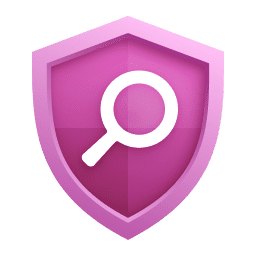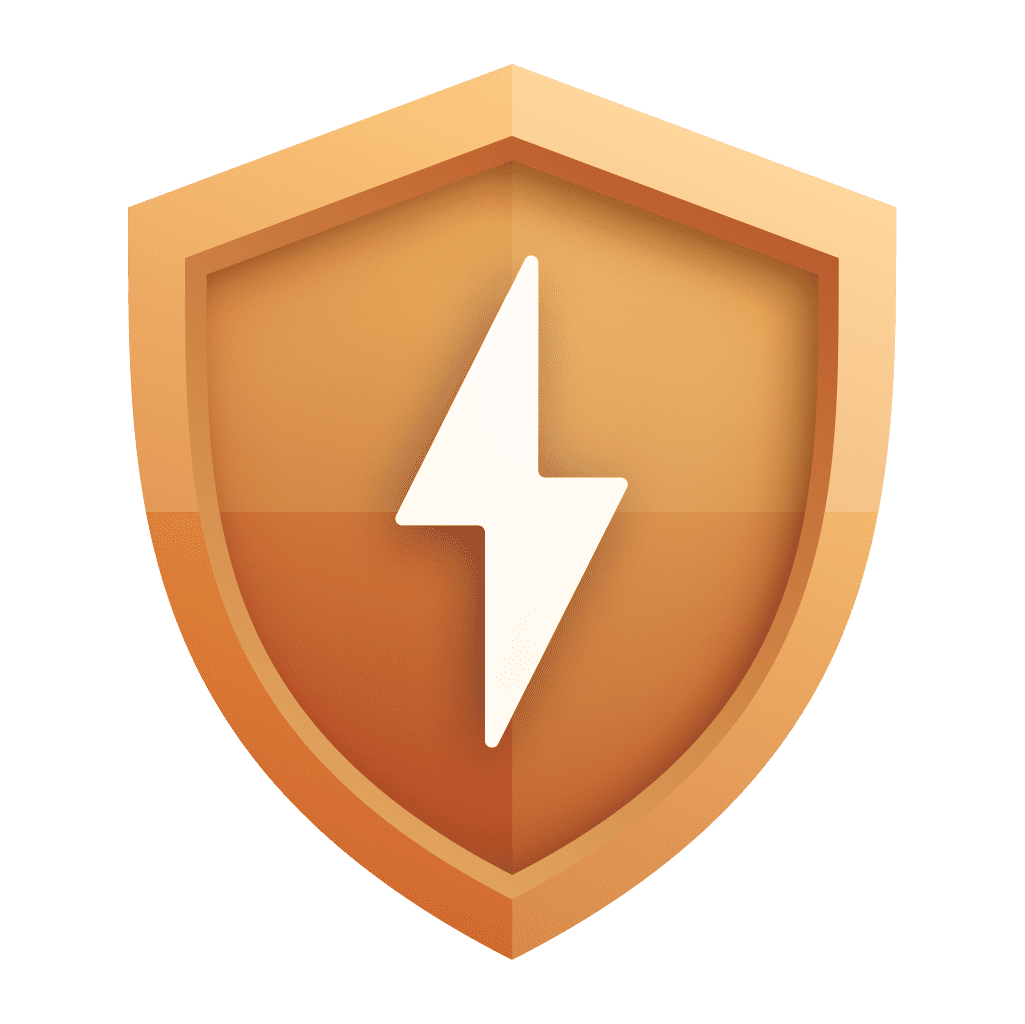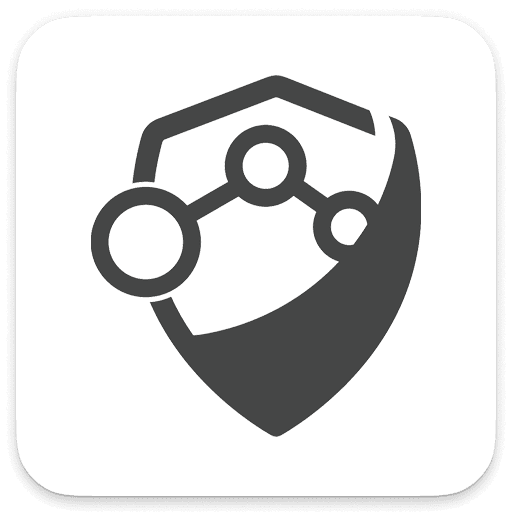Application Security
Due to the widespread increase in the usage of open-source libraries, modern applications usually contain a large number of vulnerabilities. Evaluating hundreds or thousands of open vulnerabilities quickly becomes a daunting task.
-
Dynatrace Runtime Vulnerability Analytics is designed to pinpoint vulnerabilities that need immediate investigation. It automatically analyzes data access paths and production execution to provide an automatic risk and impact assessment.
-
Dynatrace Runtime Application Protection leverages code-level insights and transaction analysis to detect and block attacks on your applications automatically and in real time.
Latest Dynatrace
Security Investigator
Boost efficiency, improve precision, and speed up security investigations on data ingested into Grail using DQL queries.

Vulnerabilities
Get a prioritized overview of vulnerabilities in your applications and across your cloud stack to address critical issues and optimize remediation.

DevSecOps Lifecycle Coverage with Snyk
Monitor your container security coverage across the DevSecOps lifecycle.

Security data on Grail
Overview of security data and security events data structure.

Use cases
Learn how security data on Grail can help in your daily task.
Application Security overview
Get started with Application Security
Activate Application Security and get an overview of basic concepts.
Runtime Vulnerability Analytics
Set up and configure Dynatrace Runtime Vulnerability Analytics to monitor, visualize, analyze, and remediate third-party and code-level vulnerabilities.
Runtime Application Protection
Set up and configure Dynatrace Runtime Application Protection to detect and block attacks on your applications and get code-level insights.
Frequently asked questions
Answers to some of the most frequently asked questions about Application Security.
Troubleshoot
Fix potential issues regarding Application Security.
